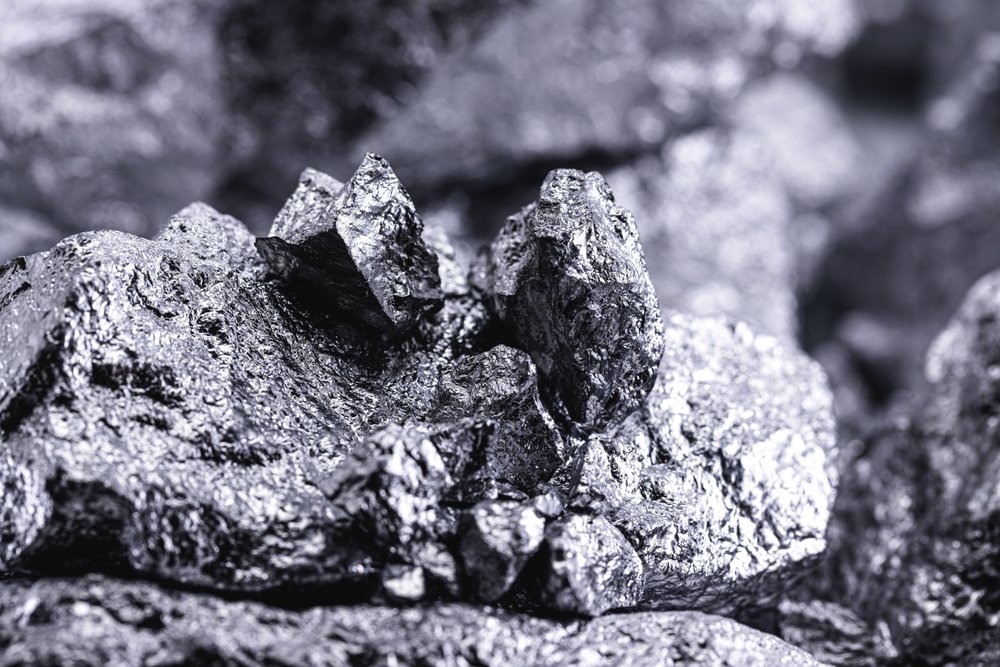Scientists from the V.I. Vernadsky Institute of Geochemistry and Analytical Chemistry of the Russian Academy of Sciences (GEOKHI RAS) have developed a method to eliminate iron and other metals from low-grade aluminum raw materials, resulting in a product that meets industrial requirements. This breakthrough technique enables the extraction of aluminum from nepheline (a byproduct of ore mining), which is abundant in the Russian Arctic region.
Aluminum ranks as the second most widely used metal globally, with extensive applications in industries such as manufacturing, energy, and architecture. The annual extraction of aluminum ore is increasing by 4-5%. If this trend continues, known bauxite reserves (the source of aluminum ore and raw material for alumina production) will be depleted by 2050, and all accessible bauxite resources globally will be exhausted by 2070-2082. Therefore, researchers are exploring ways to process alternative types of raw materials. One common challenge across all sources of aluminum raw materials, except bauxite, is the high silicon content, rendering conventional alkaline methods used for bauxite inefficient.
In recent years, scientists at the V.I. Vernadsky Institute (GEOKHI) RAS have been working on developing acid-salt methods for processing low-grade aluminum raw materials. The ultimate goal is to create a closed-loop technology, where spent reagents are regenerated and reintroduced into the process. Researchers from GEOKHI RAS’s Sorption Methods Laboratory and Alkaline Magmatism Geochemistry Laboratory sought to enhance the hydro-sulfate-ammonium method for processing aluminous raw materials, using nepheline as an example. Nepheline is abundantly generated as a byproduct of ore mining, eliminating the need for dedicated extraction efforts.
The primary challenges in developing this technology included the separation of aluminum from iron and other metals present in the raw materials and dealing with high levels of sulfur impurities in the aluminum hydroxide precipitate.
Scientists determined how to control the separation of metals during crystallization and recrystallization of double sulfate crystal hydrates of trivalent and monovalent metals. This control is achieved by adjusting the sulfate ion concentration and introducing additional impurities. Additionally, the scientists identified methods to eliminate sulfur impurities, ensuring the resultant product meets industrial standards.
“This development is based on an age-old idea that existed since the dawn of aluminum application. Aluminum is known as an amphoteric metal, meaning its hydroxides can dissolve both in acids and alkalis. In the early 20th century, when high-quality bauxites (with low silicon content) were abundant, the alkaline method prevailed due to its cost-effectiveness. However, for high-silicon raw materials, the alkaline method is inapplicable, as the silicon present in the raw material dissolves, making separation costly. Acid methods enable immediate silicon separation and are particularly promising for high-silicon raw materials. The most interesting acid methods are those that allow for a closed cycle,” explained Dr. Ruslan Khamizov, Acting Director of GEOKHI RAS and head of the Sorption Methods Laboratory.
He further emphasized that scientists aim to tailor the technology for the conditions of the Russian Arctic, where nepheline sources are abundant. The region’s environmental fragility requires strict emissions regulations and constraints on transporting reagents and disposing of substantial byproducts.
Consider learning more latest HiTech Mining Industry news!






